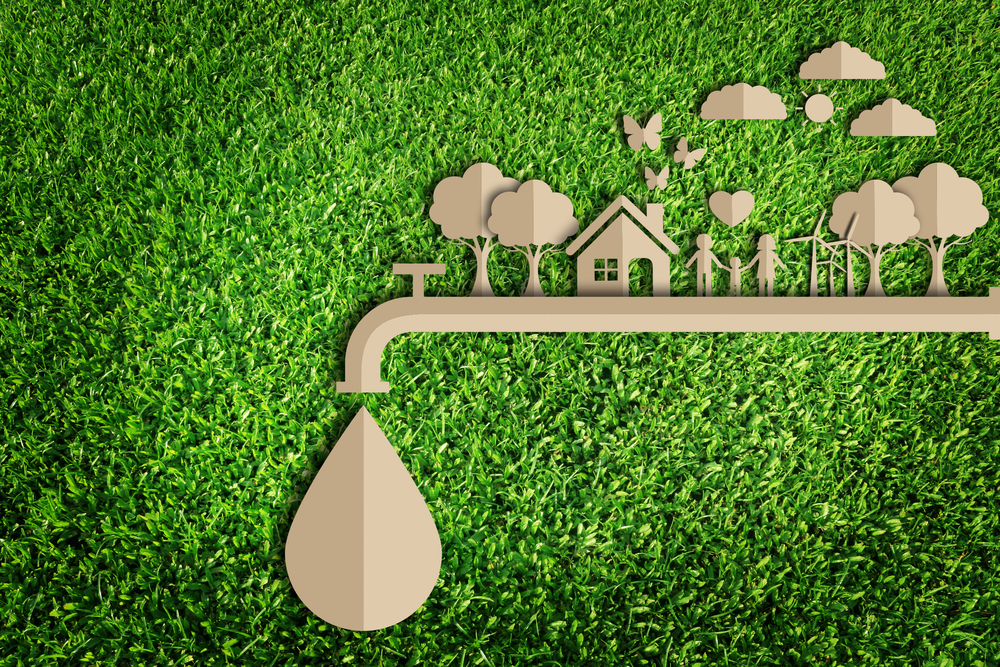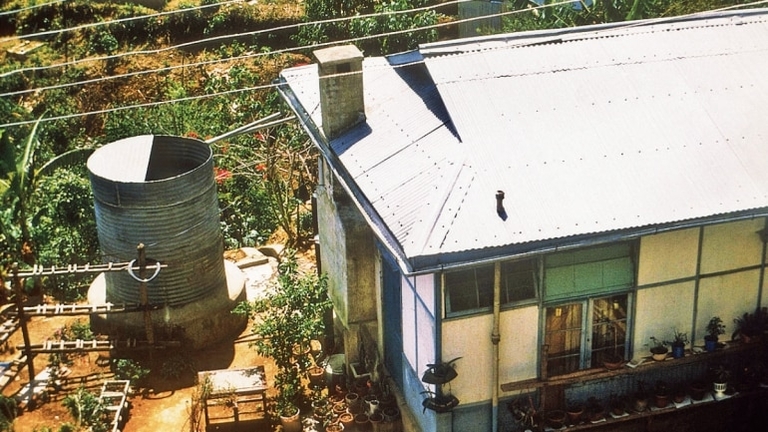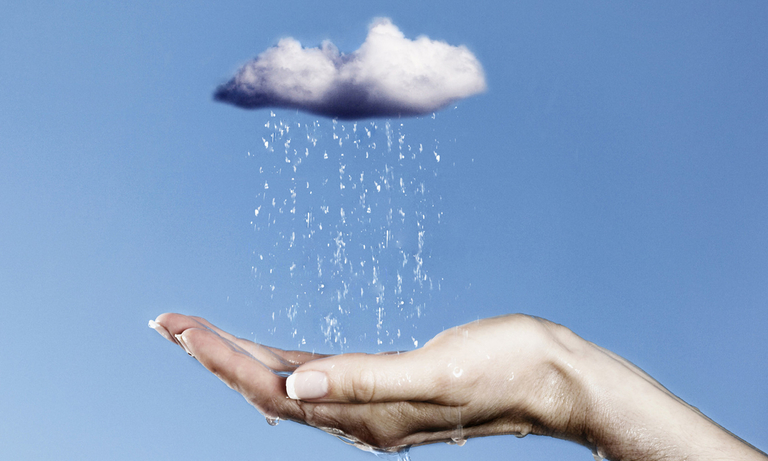As you all must know, India is facing one of it’s most major and serious water crises. According to the Composite Water Management Index released by Niti Ayog in 2018, we are currently less than 6 months away from zero groundwater levels. If that doesn’t ring the alarm bells, we don’t know what will! As parts of the country battle serious water crises and droughts, we see a ray of hope in Delhi’s Nizamuddin East colony.

Vandana on a field trip
On average Delhi receives approximately 800 mm of rain every year and all of this rainwater goes to waste. However, Vandana Menon, the RWA secretary, along with the community members are working tirelessly to harvest rainwater in their locality. Their efforts have not only improved the water quality but also increased the water levels in the society. Luckily we got an opportunity to speak to Vandana and got to know some really interesting insights. Read on to know more.

The project was conceptualised in 2001 after the Delhi Government made rainwater harvesting mandatory in 2000, post 3-4 years of drought in the city.
Vandana, who is currently assisting approximately 30 colonies to implement RWH has helped to keep the project repaired and maintained so it functions efficiently over the past 16 years. Talking about the details of the project she told us,
“The structures are artificial recharge structures. Rainwater is channelised to them via a desilting chamber and the water percolates down through filter media. The Rainwater eventually collects in the aquifer. We have 17 structures, built as part of the phased expansion, including 3 structures constructed by MCD. They collect and recharge rooftop water, surface runoff and water from parks.“

Impact of the colony’s rainwater harvesting efforts
The colony’s rainwater harvesting was implemented completely by raising funds from the residents. The same funds are used for the maintenance as well. The project which was started with the aim of stabilising the reduction in groundwater and to eventually improve the water table has managed not only that but also an improved quality of water.
Vandana also told us, “Our ground water level was at approximately 70 feet deep when we started the project and has since been documented at 12 feet deep. The quality of water has also improved since we have started rainwater harvesting.”

Vandana also talked about how residents of other societies should also harvest rainwater and do their bit for the environment.
“Rainwater harvesting systems can be easily installed in homes, parks, institutes, schools etc. RWAs should helm the implementation of such projects as there is a sense of ownership and involvement of large numbers of people. Sensitisation programmes for the other ‘R’s- reduce, reuse, recycle and respect also need to be undertaken so that every citizen can be a responsible participant in the drive to conserve water.”
Delhi’s water crisis is real and it is going to affect us all. We hope this conversation provided you with much-needed perspective to help save water and fight our city’s water crisis.
Featured Image Source: Listaka




